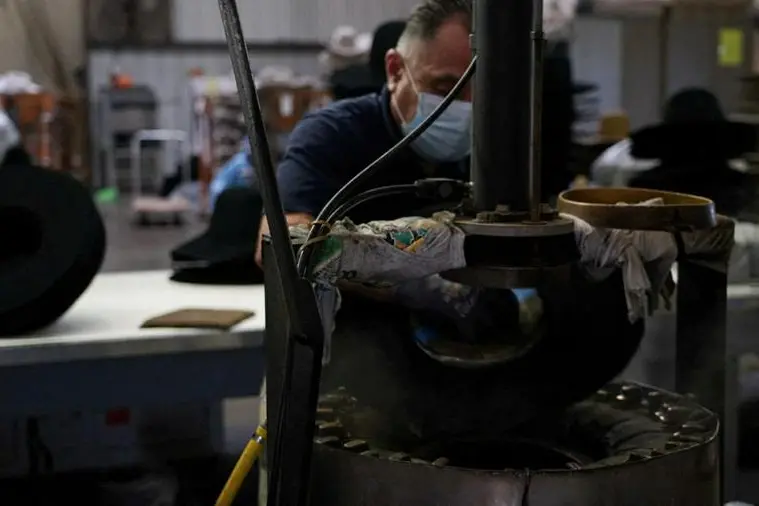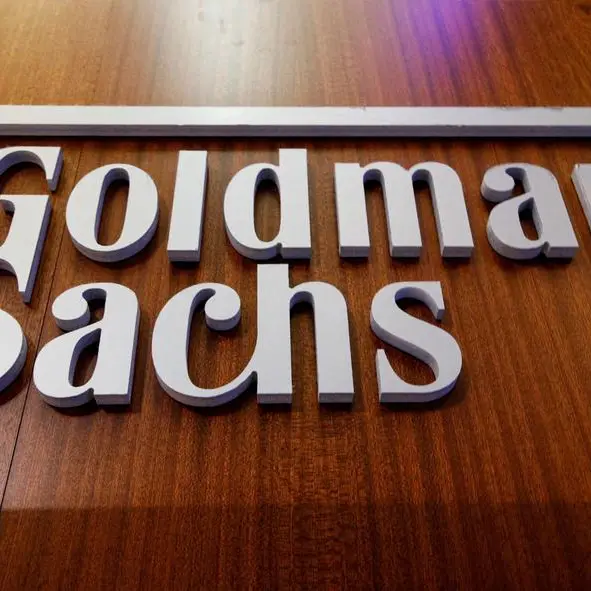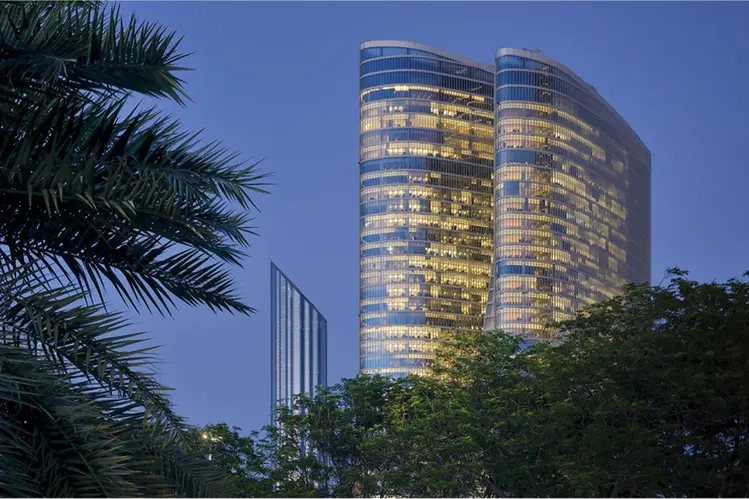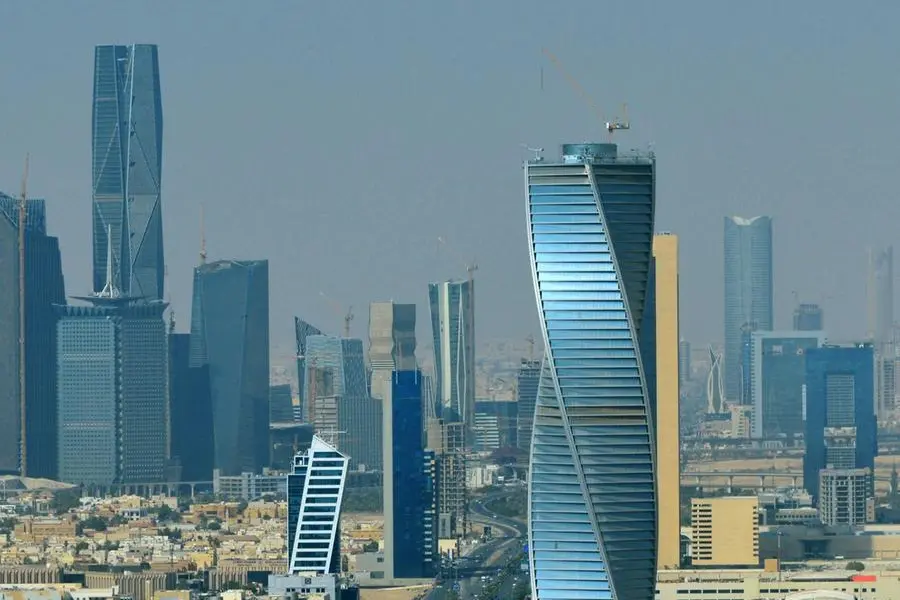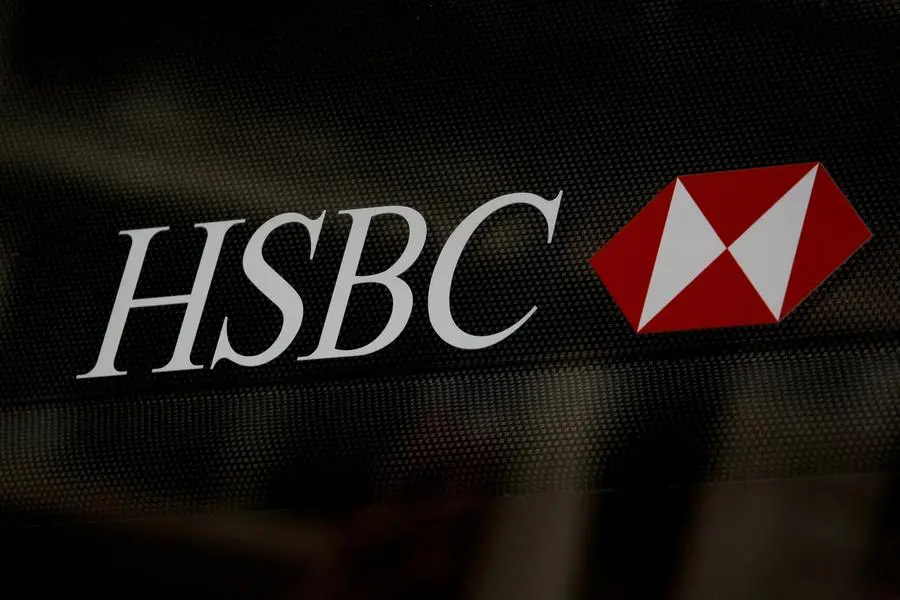PHOTO
A man works on a hat, where assembly workers for Master Hatters of Texas put the initial and final touches on dozens of cowboy hats, ready to be shipped to customers, in Garland, Texas, U.S., April 14, 2025. REUTERS/Jorge Garcia REFILE - CORRECTING GENDER.
U.S. labor costs increased moderately in the first quarter as economic uncertainty caused by tariffs cools demand for labor.
The Employment Cost Index (ECI), the broadest measure of labor costs, rose 0.9% in the first quarter after a similar increase in the October-December period, the Labor Department's Bureau of Labor Statistics said on Wednesday.
Economists polled by Reuters had forecast the ECI would advance 0.9%. Labor costs increased 3.6% in the 12 months through March after rising 3.8% in the year through December.
The ECI is viewed by policymakers as one of the better measures of labor market slack and a predictor of core inflation because it adjusts for composition and job-quality changes.
Government data on Tuesday showed there were 1.02 job openings for every unemployed person, slightly down from 1.06 in February. President Donald Trump's sweeping tariffs have eroded business sentiment, which some economists worry could soon translate to job losses. Economists expect the Federal Reserve to resume cutting interest rates at some point this year.
Wages and salaries, which account for the bulk of labor costs, climbed 0.8% last quarter after rising 1.0% in the fourth quarter. They advanced 3.5% on an annual basis, slowing from the fourth quarter's 3.8% gain. When adjusted for inflation, overall wages increased 1.1% in the 12 months through March after rising 0.9% in the fourth quarter.
Private-sector wages and salaries rose 0.8%. They increased 3.4% in the 12 months through March after rising 3.7% in the fourth quarter. State and local government wages gained 0.8% last quarter, after increasing 1.1% in the October-December quarter. They gained 4.1% in the 12 months through March.
Benefits for all workers increased 1.2%. That followed a 0.8% rise in the fourth quarter. They increased 3.8% in the 12 months through March after rising 3.6% in the October-December quarter.
(Reporting by Lucia Mutikani; Editing by Paul Simao and Chizu Nomiyama)
